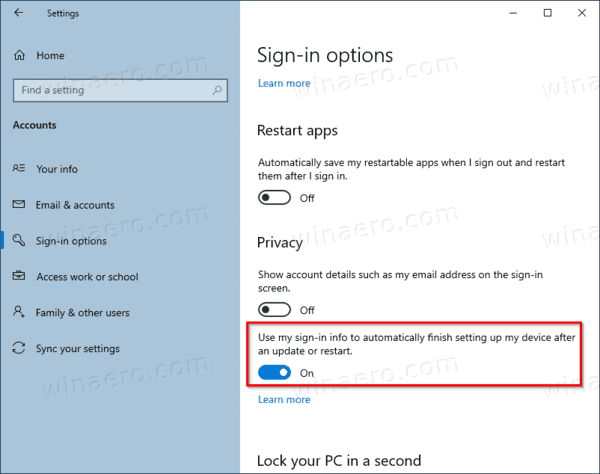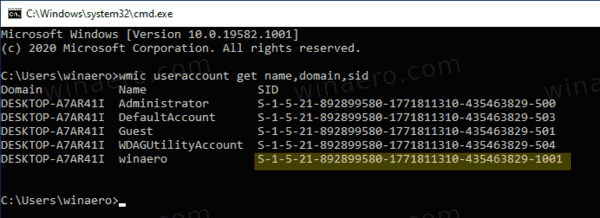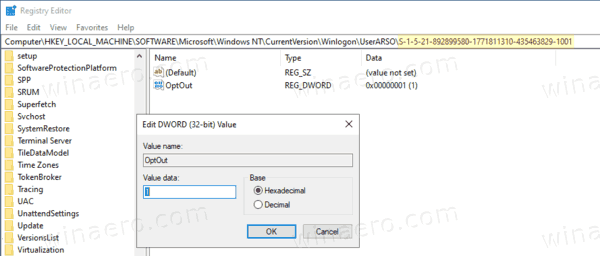How To Turn On Or Off Use Sign-In Info To Auto Finish Setting Up Device After Update Or Restart In Windows 10
Windows 10 includes a special option to automatically sign in to your user account and finish installing the updates that require a user login. Some updates require the user to sign in order to update certain components of the operating system. Windows can save your active user session and re-use the saved data to sign-in to your user account automatically, apply updates, and lock your user session.
Advertisеment
A Brief History of the Feature
The option was first introduced in Windows 10 build 16251, which includes the toggle switch Use my sign in info to automatically finish setting up my device after an update or restart under Settings > User Accounts > Sign-in options.
In earlier Windows 10 builds the option had been used to re-launch all the running apps after restarting the OS once all the updates were installed. Its behavior was poorly explained and confused a lot of users. Also, it did not work as intended. When the option was disabled, it also prevented the OS from completing the installation of updates.
Starting in Windows 10 Build 18963, Microsoft has separated that single option into two different switches In addition to Use my sign in info to automatically finish setting up my device after an update or restart, Windows 10 includes a new option Automatically save my restartable apps when I sign out and restart them after I sign in.
Check out: Turn Off Automatically Restart Apps After Sign-In In Windows 10
Here are a number of methods you can use to turn on or off the Use my sign-in info to automatically finish setting up my device after an update or restart option.
To Turn On Or Off Use Sign-In Info To Auto Finish Setting Up Device After Update Or Restart In Windows 10,
- Open Settings.
- Navigate to User Accounts > Sign-in options.
- On the right, turn on or off the option Use my sign-in info to automatically finish setting up my device after an update or restart under the Privacy section.

You are done.
Alternatively, you can turn on or off this option with a Registry tweak.
To Turn On Or Off Use Sign-In Info in Registry
- Find the user account SID for your user account. You can open a new command prompt and type
wmic useraccount get name,domain,sid. Note the SID value.
- Open the Registry Editor app.
- Go to the following Registry key.
HKEY_LOCAL_MACHINE\SOFTWARE\Microsoft\Windows NT\CurrentVersion\Winlogon\UserARSO\Your SID Value. See how to go to a Registry key with one click. If you don't have such a key, then just create it. - On the right, modify or create a new 32-Bit DWORD value OptOut. Note: Even if you are running 64-bit Windows you must still create a 32-bit DWORD value.

- Set its value to 0 to enable the option. This is the default value.
- Set its value to 1 to disable the option.
- To make the changes done by the Registry tweak take effect, you need to restart Windows 10.
You are done!
Finally, you can use either a Group Policy option, or a Group Policy Registry tweak. The first method can be used in editions of Windows 10 that come with the Local Group Policy Editor app. If you are running Windows 10 Pro, Enterprise, or Education edition, then the Local Group Policy Editor app is available in the OS out of the box. Windows 10 Home users can apply a Registry tweak.
Both methods are explained in detail:
Configure Automatic Sign In and Lock After Restart in Windows 10
That's it.
Support us
Winaero greatly relies on your support. You can help the site keep bringing you interesting and useful content and software by using these options:
